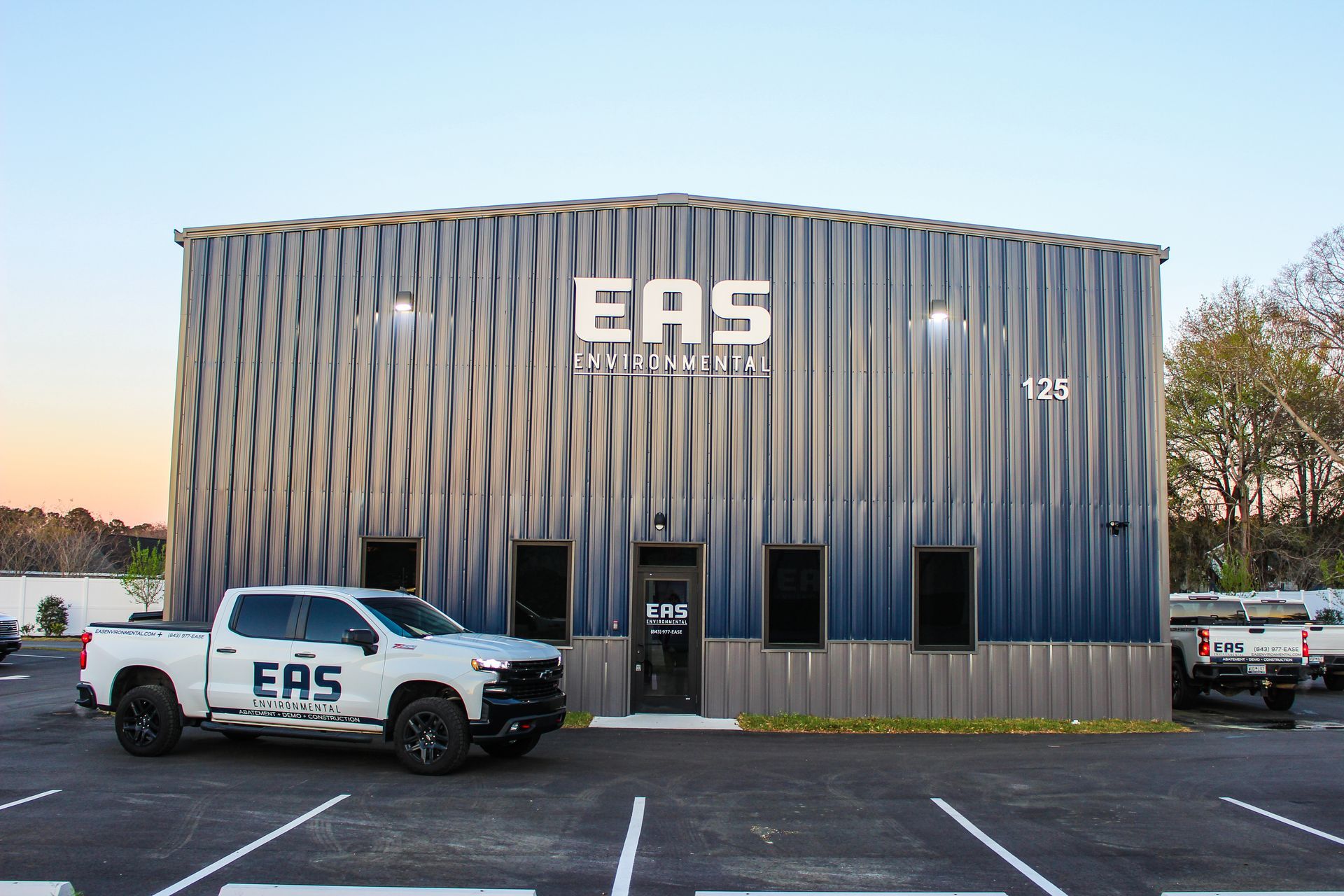
Welcome to our blog, where we will explore effective techniques for mold removal from crawl spaces. Mold growth in crawl spaces can be a common issue, posing serious health risks and structural damage if left untreated. In this article, we will discuss proven methods to eliminate mold, prevent its recurrence, and ensure a clean and healthy environment in your crawl space.
Tried and Tested Removal Techniques
When it comes to dealing with mold growth in crawl spaces, it's crucial to rely on tried and tested removal techniques. Mold can thrive in damp and poorly ventilated areas, making crawl spaces an ideal breeding ground. Fortunately, there are effective methods available to eradicate mold and prevent its reoccurrence.
One of the most widely used techniques for mold removal is thorough cleaning and scrubbing. Begin by wearing protective gear such as gloves, goggles, and a mask to avoid direct contact with mold spores. Use a mixture of water and detergent to scrub the affected surfaces, ensuring you reach every nook and cranny. For stubborn mold stains, a solution of bleach and water can be effective, but be sure to follow safety guidelines and adequately ventilate the area during this process.
In addition to cleaning, addressing the underlying moisture issue is vital for long-term mold prevention. Improving ventilation in the crawl space can help reduce moisture levels and discourage mold growth. Consider installing vents, exhaust fans, or a dehumidifier to keep the area dry. It's also essential to identify and repair any leaks or water intrusion points that might be contributing to the moisture problem. By combining thorough cleaning and tackling moisture, you can implement tried and tested removal techniques that will effectively eliminate mold and safeguard your crawl space from future infestations.
Mold No More: Expert-Recommended Techniques for Crawl Space Mold Removal
Say goodbye to mold in your crawl space with expert-recommended techniques that will ensure a healthy and clean environment. Mold growth in crawl spaces can be a persistent problem, but with the right strategies, you can eliminate it once and for all. Let's explore some tried-and-true methods that experts recommend for effective crawl space mold removal.
Firstly, thorough inspection is key to understanding the extent of the mold infestation. Hire a professional mold inspector to assess the crawl space and identify the root causes of mold growth. Once the inspection is complete, the next step is to isolate the crawl space by sealing off any access points from the rest of the house to prevent cross-contamination. This can be done using plastic sheeting and duct tape. Additionally, ensure proper ventilation by installing vents and fans to promote air circulation, which helps reduce moisture and inhibit mold growth.
After preparing the crawl space, it's time to tackle the mold itself. Begin by removing any visible mold using a mixture of water and detergent, scrubbing the affected surfaces thoroughly. For more stubborn mold stains, a solution of hydrogen peroxide or vinegar can be effective alternatives. Remember to wear protective gear such as gloves, goggles, and a mask during the cleaning process to avoid direct exposure to mold spores. Finally, address the moisture issue by fixing leaks, improving drainage, and installing a dehumidifier if necessary. By following these expert-recommended techniques, you can bid farewell to mold and create a healthy crawl space environment.
Protect Your Home
Protecting your home is a top priority for homeowners, and there are various measures you can take to ensure its safety and security. One essential aspect of home protection is implementing a robust security system. Install security cameras at strategic locations around your property, along with motion sensor lights, to deter potential intruders and provide peace of mind. Additionally, consider installing a reliable alarm system that is monitored 24/7 to alert you and the authorities in case of any unauthorized entry or emergency.
Another crucial aspect of home protection is safeguarding against potential disasters, such as fire and water damage. Regularly inspect your home for fire hazards, including faulty wiring, overloaded power outlets, and flammable materials. Install smoke detectors on every level of your home and check their batteries frequently. Moreover, be proactive in preventing water damage by maintaining your plumbing system, fixing leaks promptly, and ensuring proper drainage around your property. Consider installing a sump pump in your basement or crawl space to prevent flooding during heavy rainfall. By prioritizing home protection measures, you can create a secure and resilient environment for you and your loved ones.
FAQs
Contact EAS Environmental Today!
EAS Environmental will do everything we can to ensure your experience with us is excellent.
Request A FREE Estimate
Request a Free Estimate Form
Checkout Recent Post




Got a Question? We’re Here to Help.
You can arrange an appointment or make an enquiry by phone or email, orget in touch to us via our contact form.

